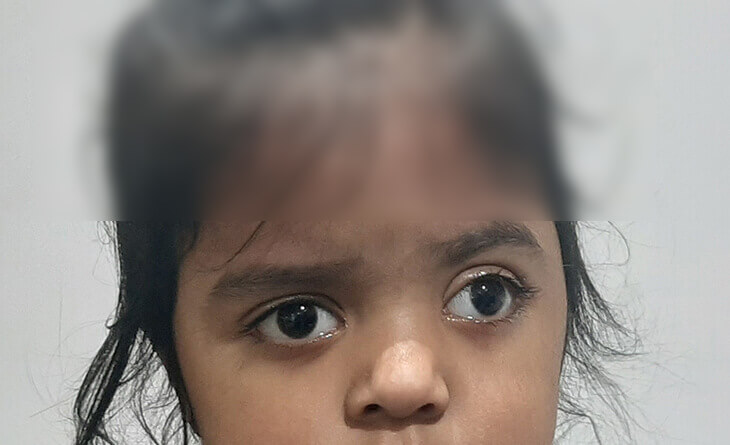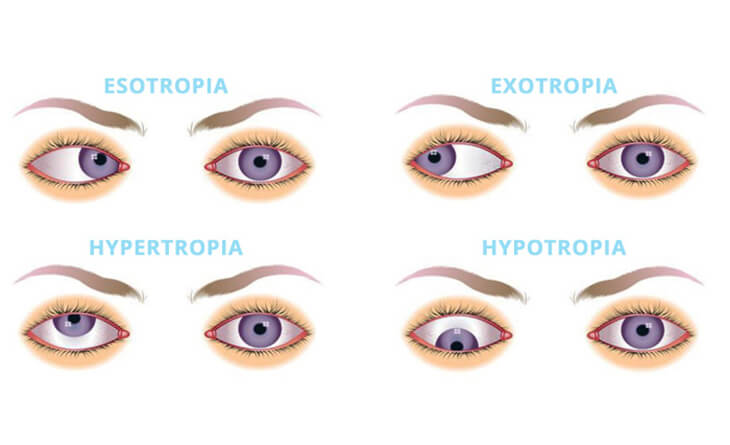Squint Eye Surgery
Squint or strabismus happens when one eye looks straight ahead and the other looks in a different direction. The brain suppresses vision in the squint eye, leading to permanently poor vision in that eye. Squints can happen in both adults and children, although it is usually associated with the latter. A combination of eye exercises (orthoptics) and squint eye surgery is the best treatment course.
As a leading eye specialist in Delhi, Dr Anisha Gupta is proficient in treating squints, allowing her patients to see a successful recovery with stronger eyes and better eyesight.
Many people believe that squints will resolve themselves. However, if left untreated, they can worsen into other conditions such as lazy eye (amblyopia), cause blurry vision, eye strain, fatigue, diplopia, compromise 3D perception, and significantly affect the patient’s self esteem. Surgery avoids all these consequences and promises a better lifestyle.

When should you consider squint eye surgery?
Squints are usually easy to catch since they are visible to onlookers.
Here are some other symptoms also indicating a squint:
These can be potentially dangerous for several individuals and require squint eye surgery. The causes for squints include:
In adults, a latent childhood squint often gets exacerbated with eye use and strain over time. Sometimes convergence insufficiency also causes squint.
Convergence insufficiency refers to a condition where your eyes struggle to work together and perceive nearby objects. This often worsens the squint and causes additional eye strain and headaches.
Alongside strabismus, Dr Gupta often treats other conditions like convergence insufficiency and lazy eye, ensuring better overall eyesight and visual alignment.
Squint Eye Surgery and Orthoptics
Squint eyes include one eye looking in a different direction rather than straight ahead. There are 4 directions this happens in, creating the following classification:
Depending on the type of squint you have, your doctor determines the ideal treatment path to promote the best recovery.

Squint Eye Surgery
Squint surgery begins with placing the patient under anaesthesia : local or general depending upon the age of the patient. It is a daycare, outpatient procedure that usually takes less than an hour.
After administering anaesthesia, your surgeon uses a lid speculum to hold your eye open. They then either strengthen or weaken the concerned muscle, depending upon the amount and type of squint. This balances the two eyes and makes them point in the same direction.
The outer covering of the eye (conjunctiva) is closed with absorbable sutures. There is no visible scar.
Squint eye surgery offers several benefits, such as:
After surgery, you may have the following for a few days:
During your follow-up appointments, your eye specialist tracks these conditions and ensures that you are recovering successfully. Most patients can get back to normal life in 7-10 days.
Orthoptics (Eye Muscle Exercises)
Orthoptics is a set of exercises that improve the convergence of your eyes’ lines of sight. When we look at nearby objects, i.e. objects 5-8cm from the eyes, we should see them. If you cannot see objects within 12cm clearly, you are suffering from convergence insufficiency.
Ophthalmologists prescribe the following regime to improve your convergence:
